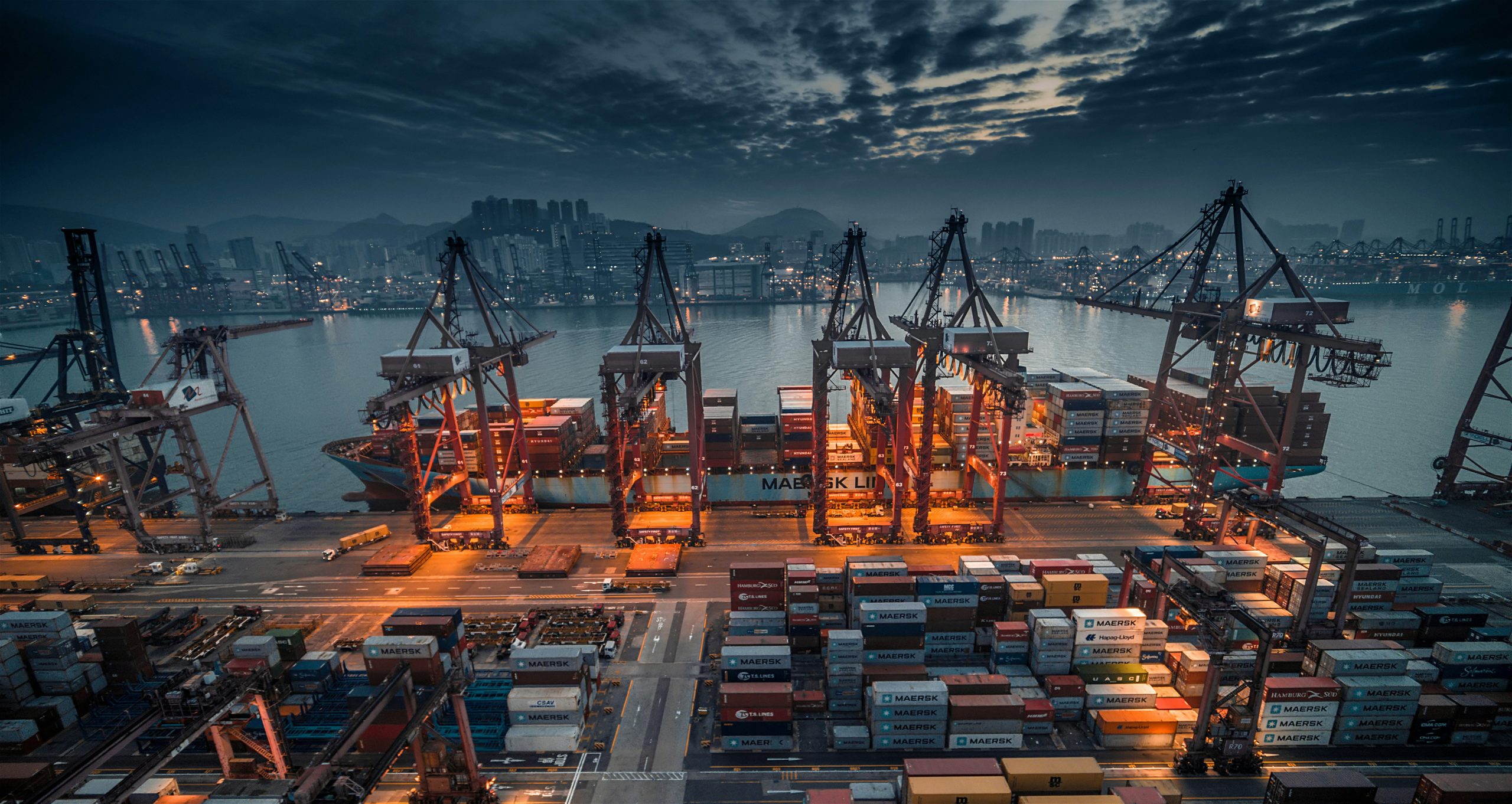Services CorridorTrading
Navigating Global Markets, Connecting Continents
In the dynamic landscape of global trade, the export of commodities, particularly frozen food, plays a pivotal role in meeting the diverse demands of international markets.
The export industry serves as a bridge connecting producers and consumers across borders, facilitating the exchange of goods on a global scale.
This introduction explores the significance and intricacies of exporting commodities with a focus on the thriving sector of frozen food.
Exporting commodities involves the sale and shipment of various goods, ranging from raw materials to finished products, to markets outside the country of origin. This multifaceted process encompasses a wide array of industries, each contributing to the global supply chain. Among these, the export of frozen food has gained prominence due to changing consumer preferences, increased awareness of international cuisines, and advancements in cold chain logistics.
In the dynamic landscape of global trade, the export of commodities, particularly frozen food, plays a pivotal role in meeting the diverse demands of international markets. The export industry serves as a bridge connecting producers and consumers across borders, facilitating the exchange of goods on a global scale. This introduction explores the significance and intricacies of exporting commodities with a focus on the thriving sector of frozen food.


The export of frozen food presents a unique set of challenges and opportunities. Frozen products, including fruits, vegetables, meat, seafood, and ready-to-eat meals, undergo a meticulous process of preservation that ensures their quality and freshness are maintained during transit.
This has become especially crucial as consumers worldwide seek convenient and time-saving food options without compromising on nutritional value. Key factors driving the export of frozen food include the desire for year-round availability of seasonal produce, the demand for diverse and exotic food choices, and the growing popularity of frozen convenience items. As nations become more interconnected, the export of frozen commodities
